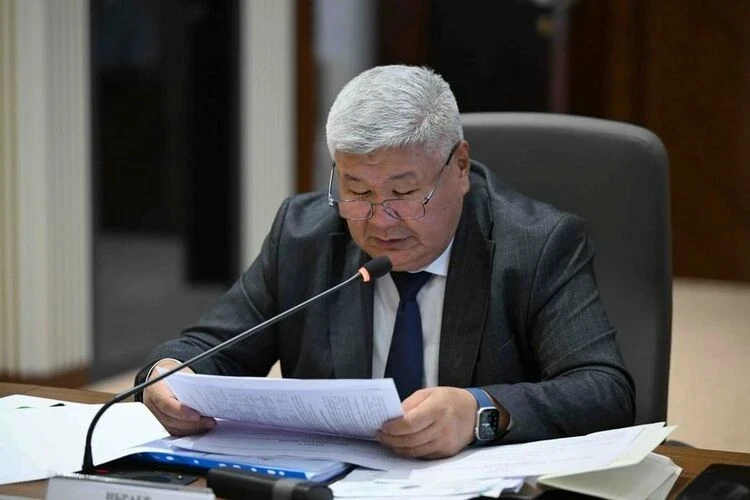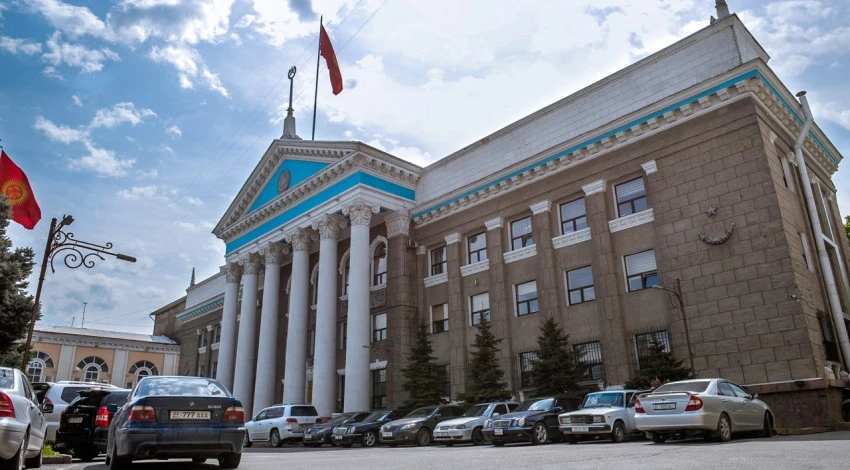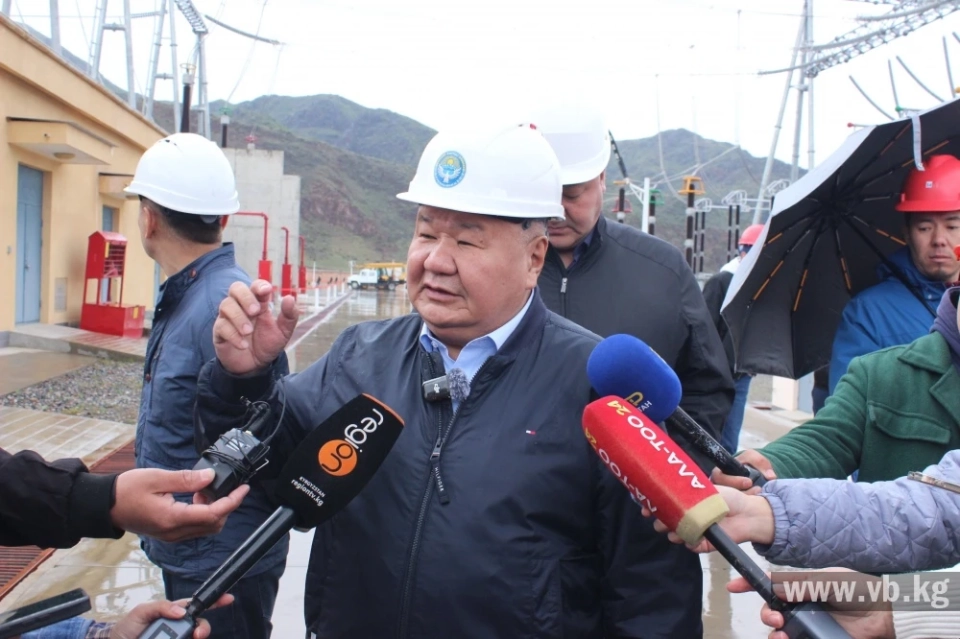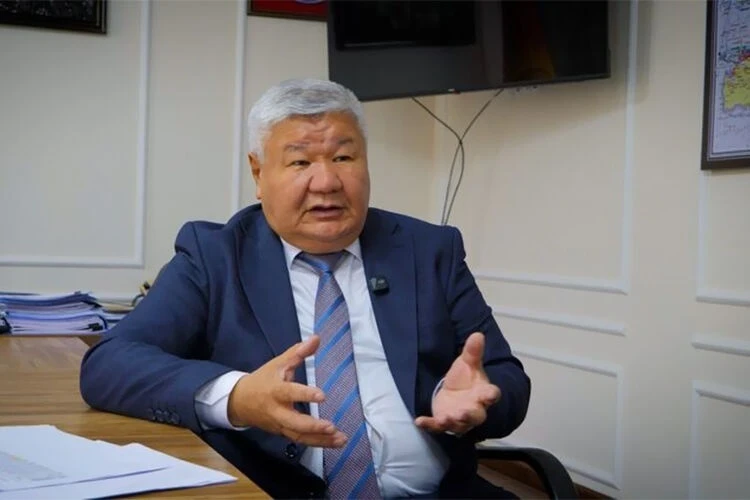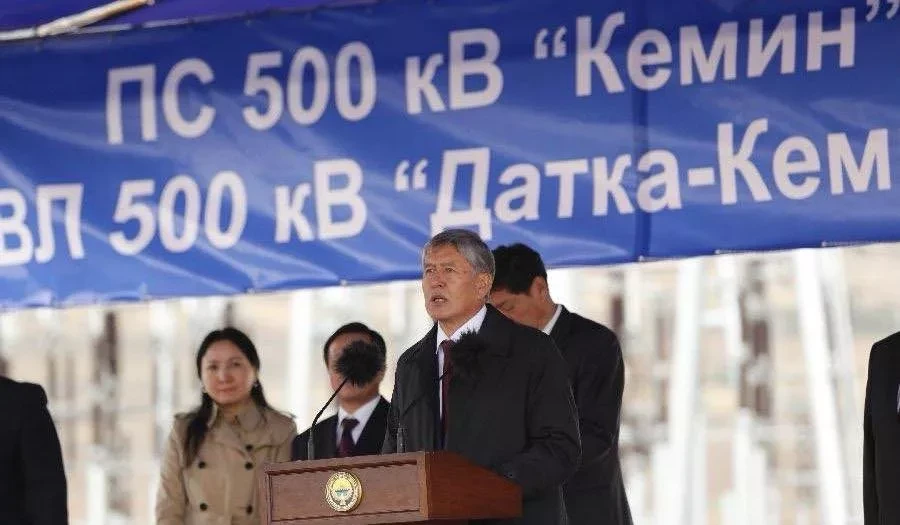
The discussions around mining farms in Kyrgyzstan have been ongoing for several years. For some, it symbolizes a new digital era, new jobs, and investments; for others, it poses a threat of overloading power lines and an additional risk to the already vulnerable energy system of the country. However, the reality is much more complex: mining can both threaten and provide opportunities, and this largely depends on the choices made by the government.
Mining Farm: Reality vs. Myths
A mining farm is not just a "room with computers," as some might think. It is a full-fledged industrial facility that operates around the clock and requires a significant amount of electricity, effective cooling, and precise engineering infrastructure. In return for its computations that support the blockchain, the farm receives rewards in the form of cryptocurrency.
In simple terms, a mining farm converts electricity into digital assets that can be sold on the international market. This makes it analogous to a digital export enterprise.
The Relevance of Mining for Kyrgyzstan
Several factors distinguish Kyrgyzstan from its neighboring countries.
Climate
The cold regions of the country create ideal conditions for mining. The lower the temperature, the less the cooling costs, which is one of the significant expenses for miners.
Unused Hydropotential
Experts claim that only 10-15% of Kyrgyzstan's hydropower resources are utilized. With the right approach, mining could stimulate the construction of small hydropower plants.
Geographical Location
After the ban on mining in China, many companies are looking for new sites in the region, and Kyrgyzstan has every chance of becoming one of those sites.
Economic Benefits of Mining
Mining positively impacts several sectors of the economy.
Direct Investments
Establishing a large farm requires significant investments: substations, equipment, buildings, and power lines are needed. This can cost tens of millions of dollars.
Energy Development
In some countries, miners upgrade lines, install transformers, and invest in solar power plants. Kyrgyzstan has long needed to update its networks, and mining could become one of the funding sources.
Tax Revenues
Legalizing mining will lead to tax revenues, payment for electricity, duties, and licensing fees. If this sector is brought out of the shadows, it could mean billions of soms.
Job Creation
Although mining does not create thousands of jobs, it forms a chain of specialists around it: engineers, IT professionals, installers, security personnel, logisticians, and service workers.
Potential Risks
Like any other industry, mining is associated with certain risks.
Load on the energy system: if farms operate in winter when there is a shortage of electricity, it could negatively affect the grid. However, in summer, the country faces an excess of electricity that goes to waste.
Illegal Mining
The main problem lies not with legal farms but with those who steal electricity. They are the ones that lead to transformer overloads and create emergency situations.
The volatility of cryptocurrencies also affects profitability. Regulation must take into account the cyclicality of this industry.
Possible Development Paths for Kyrgyzstan
Based on the experience of other countries, three models can be identified.
Model 1. Ban
The least effective. This leads to an increase in shadow activities, losses for the budget, and deterioration of the energy system.
Model 2. Regulated Mining
In this model, industrial mining operates under a license and at a separate tariff, mainly in summer. In winter, restrictions or shutdowns are imposed. All connections are made only through official channels.
Model 3. Attracting Major Investors
Mining becomes part of the country's energy strategy: small hydropower plants are built, networks are modernized, data centers and digital hubs are created. This is what countries like Iceland, Georgia, and some regions of the USA have done.
The Key Question: How Beneficial is Mining for Kyrgyzstan?
The answer is ambiguous. Mining can be beneficial if:
it is legal;
connected according to established rules;
primarily operates in the summer when there is an excess of energy;
invests in energy infrastructure;
complies with technical requirements;
pays taxes.
It can be harmful if:
it is connected illegally;
operates in winter months when there is a shortage of electricity;
draws energy from weak lines;
conceals actual consumption volumes.
Thus, the problem lies not in mining itself but in its lack of control. Mining is a tool, and its effectiveness depends on how it is used.
With proper management, mining farms can become:
a source of investments;
a driver of energy modernization;
a stimulus for the development of the IT sector;
a new type of export;
a platform for digital services.
However, in the absence of rules, it poses a risk to the energy system and could lead to another "witch hunt."
Kyrgyzstan stands at a crossroads, and the choice that will be made will determine whether mining becomes another problem or a step towards the future of the country's digital economy.


